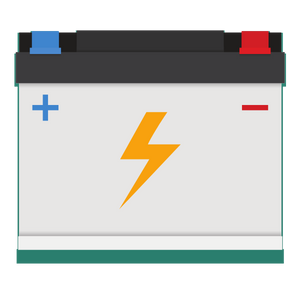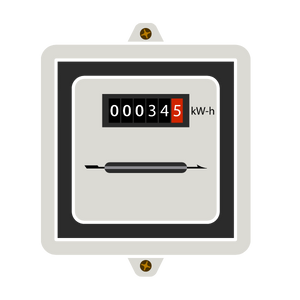Should I increase battery capacity?1 Comment7 February 2023 A topic that we frequently get asked about is whether to upgrade the battery capacity of an electrical system, so we're going to run through some of the reasons you might need/want to, things to consider before doing it and how to go about increasing your battery capacity.
Why increase?
The most common reason to upgrade is that you don't have enough energy storage capacity in your batteries to last from one re-charging opportunity to the next.
One example would be in a 'day-van' where you don't have any on-board re-charging capability and are dependent on re-charging your leisure battery at home before setting off, but you find that whilst you are out and about you are using more power than the battery can supply before you have a chance to re-charge at home.
Another example would be where you do have some re-charging capability, for example solar/alternator/mains charging, but either the solar output isn't adequate to support your power demand for the time you want to spend off-grid and/or you don't want to have to frequently drive the vehicle (alternator charging) or visit a campsite (mains hook-up charging) to re-charge your batteries.
Another reason to upgrade might be that your battery isn't capable of supplying the current demanded by the load. For example, a 100Ah battery would be able to supply enough current at any given point to power your fridge, light and USB sockets, but if we added a 2800W induction hob and an inverter, it might not be able to provide enough current. In this instance, we may need to upgrade our battery capacity to enable us to draw sufficient current to power all of the loads.
Rate of usage versus rate of re-charge
If you plan on being off-grid for extended periods and have solar re-charging available, then adding more battery capacity might not necessarily be the answer. The issue may relate to how much energy you can restore rather than how much you have available (i.e. is your solar output adequate?). The best way to think of this is filling a jug of water with from a tap. You can fill the jug as long as you don't pour water out at a faster rate than you're putting water back in. In this analogy, the water in the jug is your battery's stored charge, and the tap filling it back up with water is your solar charging source putting charge back into the battery.
If you use water at a faster rate than the tap can refill it, it will never start to fill up until you reduce the rate at which you use the water. If we added a second jug to increase storage capacity (i.e. add a second battery), the same issue would still be present but we would simply be delaying the point at which we run out. In terms of battery capacity this means that sooner or later we would need to find an alternative charging method to re-charge the batteries.
So, if you are are struggling to replenish the power that you use you might want to consider whether you can increase your solar output by adding more panels before adding more battery capacity. Your existing battery might have sufficient capacity to see you through the night when the panels aren't producing any power, and the larger solar output might provide all the power that your loads require during the day, plus sufficient surplus to re-charge your battery again before the night.
Of course, there might be physical constraints that mean it isn't practical to add more solar power, but it's worth considering as an option because there are some significant advantages of adding more solar power rather than adding more batteries:
Knowing your power usage
Putting more energy back into your system than is taken out can power your loads and keep your batteries charged, meaning that battery capacity should not normally be an issue. But in order to determine whether this is the case we need to know what our power consumption is. For example, if we know that the combined current draw of all our loads is 7A then we need to specify a solar system that will produce more than 7A under expected conditions, so that during the day it will be powering your loads and re-charging your battery at the same time. At night, the battery will power your loads and when sunlight is present again, your solar system will again recharge your battery to replenish the power used overnight.
When specifying your solar system, it is critical to remember that the solar output needs to generate not only the 7A needed to power your loads, but also the extra needed to re-charge your battery. If you can't fit a solar system that can deliver more than your loads require, then a DC-DC charger (alternator charging) or mains charger (240V charging) can be used to re-charge your battery and take some of the burden from the solar system.
So I've decided I want to increase battery capacity - what next?
So if you've decided you want to increase you battery capacity, here are a few important things to consider:
We hope you found this helpful but if you do have any more questions then please contact our support team.
|
|
12 Volt PlanetAuto & Marine Electrical Components |













12vP, what a great , simply put & informative article. which is why I am a return time & again customer. I, along with many others, are not tech graduates, & when we ask simple questions, on subjects such as this, we very often get the full on tech answer, by clever dicks, who, Iím sure, in some cases, just want to show off their knowledge & leave us even more confused. Not so with you Guys, thank you , iím sure this approach pays dividends in the long run. Loved the explanations in the above article.
Will we see you in Birmingham , later this month?